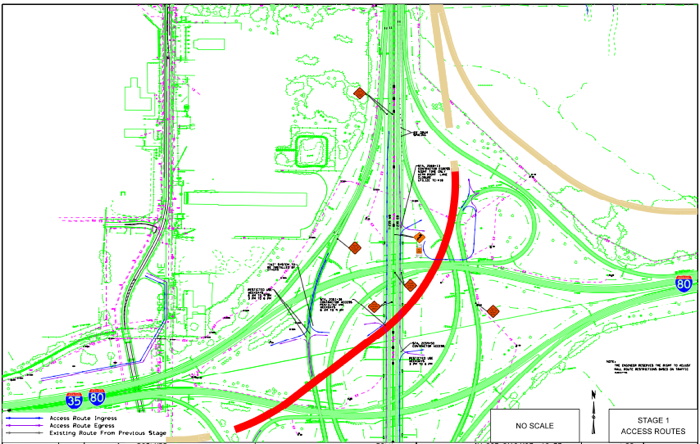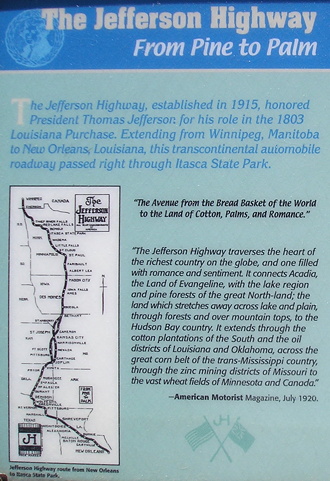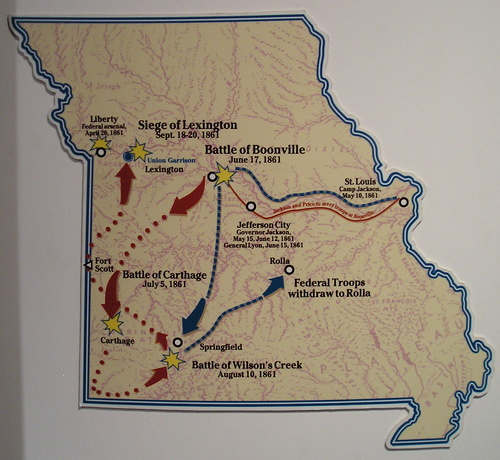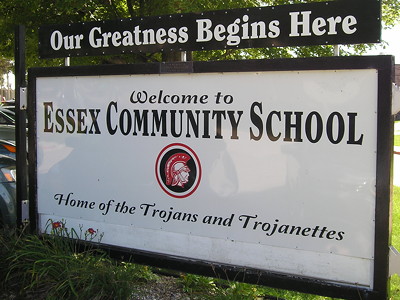A vote in September will turn what 25 years ago had been five official school districts, and 2½ high schools, into the largest one-high-school consolidated district in Iowa.
Algona and Lu Verne have spent the past year going through the process to consolidate, and Prairie Lakes AEA approved the petition May 17. A complete index of the documentation is available on Lu Verne’s website, but I link to it with the full knowledge that the website itself will become defunct in about a year. Here’s the Algona link.
The Algona/Lu Verne FAQ notes that the 2005 and 2022 combined enrollments of the two districts are virtually identical, but the latter includes Titonka and Corwith-Wesley students, showing the continuing trend of depopulation in rural Iowa. The FAQ correctly, but cagily, avoids questions about the Lu Verne school’s continued use, only stating, “Presently Algona has room to handle the students that would be coming from the Lu Verne CSD.”
The new district will be called Algona, though I think at this point either Kossuth County or South Kossuth would be better. The map deletes no territory, but part of Corwith-Wesley was partitioned off to other districts in 2015. The new Algona will replace Van Buren as Iowa’s largest district with one high school, but will be just under MVAOCOU (two districts) and Western Dubuque (two high schools) in area. Van Buren supplanted longtime area champion Davis County by adding Harmony in 2019.
The Lu Verne area will have to approve a Physical Plant and Equipment Levy (PPEL) in the September 13 election in order to equalize property taxes in the two former districts.



 June 17, 2022: The Gladbrook school was in mid-demolition during Corn Carnival. Windows and fixtures had been removed.
June 17, 2022: The Gladbrook school was in mid-demolition during Corn Carnival. Windows and fixtures had been removed.


